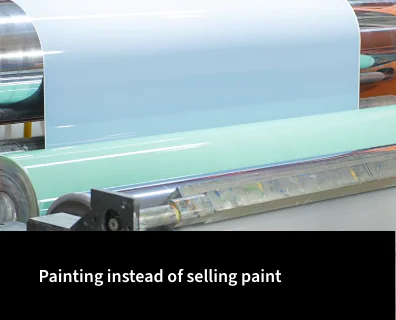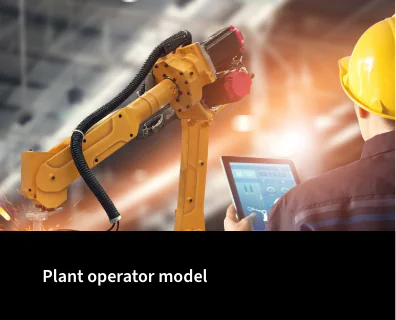
Renting toys, advertising-financed music streaming, passenger transport by private individuals and crowdfunding platforms are innovative business models. Business models combine added value for the customer with sustainable income for the provider.
Earn money differently than before. Goods for money and time for money are the classic business models. Platform business models are common examples of business model innovations. This is how Klöckner developed from a steel trader to a steel trading platform in cooperation with its competitors. The conversion from product to service business (servitization) or vice versa (productization) are business model innovations particularly pursued in B2B. Likewise, the “pay per use” model, which is already established in many B2C topics, where individual use is paid for, not the ownership of the product. Car sharing is a current example.





Clear responsibility for business model innovation is rare. Which means that the management or division management automatically has their hat on. Business Development and Product Management usually also play a role. Or of course the Head of Innovation, if this position exists. The lack of clear responsibility often leads to Business Model Innovation being overlooked as an opportunity. Or just comes along by chance when the competitor comes up with new business models. Then the sales team is usually the first to hear about it. Even faster than marketing, which actually monitors the market in this regard.
Business model innovations are rarely truly world firsts. Most of it already existed in some other sector, industry or application. Nevertheless, business model innovation is a far greater challenge for companies than other types of innovation. Not because success is more difficult, but because getting started is more difficult. While technological innovations are part of everyday life, other business models mean thinking beyond the traditional. Most companies have never experienced a business model innovation. A real novelty.The classic sales structures are not suitable for “selling” new business models, which represents a particular hurdle, even if there are good customer contacts in the target industry. When it comes to business model innovation, the comfort zone goes very quickly into very deep, raging waters. Or at least that’s how it feels.
 Lack of experience too Business models |
 Unusual Sales models |
 Block technical solutions free thinking |

“There is no innovation in our industry.” This common opinion is often only thrown overboard when a competitor painfully refutes it. Innovation consulting helps to make business model innovation conceivable make. Through examples from comparable industries and foreseeable developments in the market.
Mechanical engineers, electronics manufacturers, system developers, plant manufacturers and suppliers rarely think in terms of Business models. Innovation consulting helps to develop an understanding of this perspective and to provide important tools. This allows the company to understand the opportunities and risks of business model innovation and talk specifically about possible potential and threats.
Manufacturing companies know functional prototypes for components well. How to prototype and test a business model is rarely known. Business model innovation thrives even more than other types of innovation on rapid testing and validation on the market. Innovation consulting supports
Product developers think in products. Service designers think in terms of services. It is difficult to see that customers can be delighted with other solutions. The blinders are dark and narrow. Innovation consulting helps to recognize business model innovation as an opportunity for the core business and to think “out of the box”.
Almost everyone now knows the Business Model Canvas. It has become the quasi-standard for business models. Most people find out the hard way that business model innovation alone doesn’t work. Lean Canvas, Business Model Patterns, Blue Ocean, Platform Canvas, Ecosystem Canvas, Minimum Viable Product, Empathy Map and Value Proposition Canvas are numerous others Tools to make business model innovation understandable and successful. Design Thinking is a more comprehensive methodology that identifies challenges and needs of different target groups. Often used in combination with the tools mentioned above and can be easily supplemented with cross-industry innovation, the transfer of ideas from other industries. More important than any tool is the experience of having once established a new business model. The obvious approach is to jump into cold water. Lean Startup is the right toolbox. Having a swimmer at your side is always a good first step. Professionalizing the approach with methods and tools then becomes even easier.
Together we find opportunities for innovation on the market. Suitable for your company. With validated sales opportunities.
First innovations in partnership with your company. Prototype, business case and implementation included.
A successful approach needs to be repeated. Other divisions are following suit. A culture of innovation emerges.
Ready for an interview?
Diversification into new business areas – an important trend in many...
The challenge: changing markets, supply chains and technologies How will your...
There are certainly more than 7 reasons why an innovation process...

You are currently viewing a placeholder content from Google Maps. To access the actual content, click the button below. Please note that doing so will share data with third-party providers.
More Information